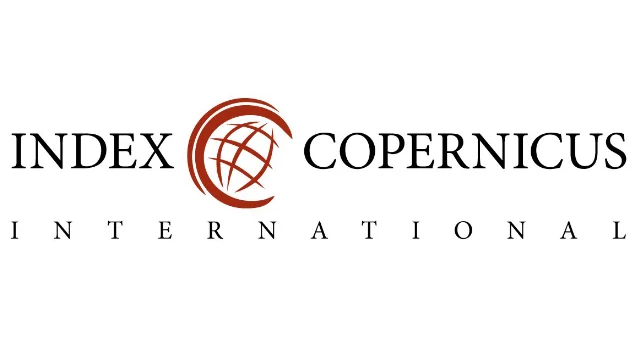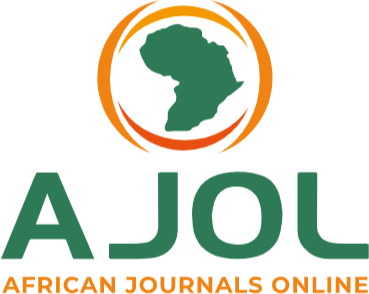Synthesis Of Pharmacologically Active Hexahydroacridine-1,8 (2H, 5H)-diones using Nickel (II) Flouride Tetrahydrate as a New Heterogeneous Catalyst
Keywords:
Acridinedione, ethanol, Hantzsch reaction, nickel nickel (II) fluoride tetrahydrate, waterAbstract
There are several reactions used in synthesis of dihydropyrimidines, but one of the simplest and most economical method for the synthesis of pharmacologically active acridine-1,8 (2H,5H)-dione derivatives is the classical Hantzsch reaction. Nickel (II) fluoride tetrahydrate catalyzed efficient Hantzsch reaction via one-pot three– component condensation of aromatic aldehydes, 5,5-dimethyl-1,3-cyclohexanedione (dimedone), and ammonium acetate refluxing in water was described for the preparation of hexahydroacridine1,8 (2H,5H)-dione derivatives. The products obtained were characterized on the basis of their melting-points, 1H NMR, 13C NMR, UV, IR, EI-MS, and HR-MS. Diethyl malonate and ethyl methyl ketone were observed to serve only as solvent and not reagent as proposed in solvent free synthesis of dihydropyrimidines. The attractive features of this environmentally benign protocol are excellent yields, cost-effective, simplicity and easy work-up. The higher catalytic activity of NiF2.4H2O is due to its high acidity, thermal stability and water tolerance.
Downloads
Published
Issue
Section
Similar Articles
- Abubakar Aliyu Umar, Aminu Ismaila, Khaidzir Hamza, Lattice Calculations and Power Distribution for Nigeria Research Reactor-1 (NIRR-1) using Serpent Code , Communication In Physical Sciences: Vol. 10 No. 1 (2023): VOLUME 10 ISSUE 1
- Babatunde Ogunyemi, Quantum Chemical Insights into the Antioxidant Mechanisms of Luteolin and Isorhamnetin: Elucidating Structure-Reactivity Relationships, Pharmacokinetics, and Toxicity for Therapeutic Potential , Communication In Physical Sciences: Vol. 12 No. 3 (2025): VOLUME 12 ISSUE 3
- Femi Emmanuel Awe, Muhammad Dahiru Faruruwa, Hadiza Abba, Green Synthesis, Characterization and Antibacterial Activity of Zinc Oxide and Titanium Dioxide Nanoparticles Using Terminalia Catappa and Cymbopogon Citratus Leaf Extract , Communication In Physical Sciences: Vol. 7 No. 4 (2021): VOLUME 7 ISSUE 4
- Azuka Ocheli, Godwin Okumagbe Aigbadon, Nkonyeasua Abanjo, Subsurface Lithologies and Rock Eval Pyrolysis Analyses of Amansiodo-I and Akukwa-1 Well Sections, Nkporo Formation, Southeastern Part of the Anambra Basin, Nigeria: Implication for Petroleum Source Rock Potentials , Communication In Physical Sciences: Vol. 9 No. 2 (2023): VOLUME 9 ISSUE 2
- Ubong Ime Essien, Anduang Odiongenyi, Clement Obadimu, Iniobong Enengedi, Investigation of Snail shells as an Adsorbent and Precursor for the synthesis of Calcium Oxide Nanoparticles for the Removal of Amoxicillin from Aqueous Solution , Communication In Physical Sciences: Vol. 9 No. 4 (2023): VOLUME 9 ISSUE 4
- Ajike Eziyi Emea, Lebe Agwu Nnanna, Orji Obinwa, Elizabeth Chinyere Nwaokorongwu, Investigation of the inhibitive Properties of Irvingia gabonensisExtractan for the Corrosion of Aluminum Alloy (aa4007) in 1 m HCl , Communication In Physical Sciences: Vol. 9 No. 3 (2023): VOLUME 9 ISSUE 3
- Chigbundu C. Emmanuel, Adebowale O. Kayode, Equilibrium and Kinetics Studies of the Adsorption of Basic Dyes onto PVOH Facilely Intercalated Kaolinite - A Comparative Study of Adsorption Efficiency , Communication In Physical Sciences: Vol. 7 No. 4 (2021): VOLUME 7 ISSUE 4
- Kehinde Israel Omoniyi1, Zaharaddeen Nasir Garba, Mustapha Yusuf Hamza, Baba Abdullahi Alafara, Aroh Augustina Oyibo, Owolabi Ayowole Awwal, Dissolution Kinetics of the Hydrometallurgical Extraction of Tin from a Nigerian Cassiterite Ore Obtained From Jibia Local Government Katsina State , Communication In Physical Sciences: Vol. 9 No. 4 (2023): VOLUME 9 ISSUE 4
- A. Abdulazeez, Antioxidant Assay and Flavonoids of Rind and Seed of Citrullus lanatusl linn (Water Melon) , Communication In Physical Sciences: Vol. 5 No. 1 (2020): VOLUME 5 ISSUE 1
- Agada Livinus Emeka, Saleh Mustapha Babagana, Investigation of Aquifer Vulnerability in Damaturu Using Electrical Resistivity Method , Communication In Physical Sciences: Vol. 9 No. 3 (2023): VOLUME 9 ISSUE 3
You may also start an advanced similarity search for this article.




